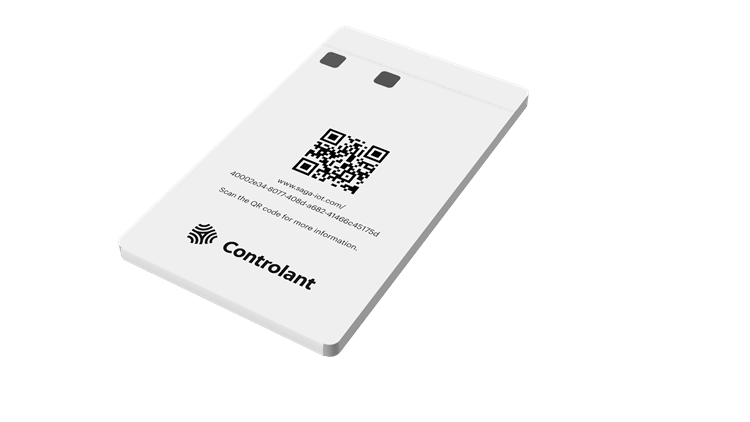Controlant, a global leader in the digital transformation of pharmaceutical supply chains, has announced an asset tracking device enabling end-to-end supply chain visibility at the asset or unit level from the time of packing to the point of use. The ‘Saga Card’ is an advanced IoT device that integrates Nordic Semiconductor’s
nRF9160 SiP to provide monitoring of cases, cartons, and secondary packaging of medicines and vaccines.
When combined with Controlant’s ‘Aurora’ Cloud platform, it can provide ‘real time’ inventory visibility at country, region, and city level to pharma companies, logistics companies serving the pharma industry, and providers of temperature-controlled packaging solutions. This enables pharma supply chains of the future to deliver increasingly complex and sensitive medicines and vaccines to people around the world, while reducing waste.
“Saga Card is an innovation designed to enable pharma supply chains to deliver today's and tomorrow’s transformative medicines, including complex new treatments, to patients around the world, safely and sustainably,” says Gisli Herjolfsson, CEO and co-founder of Controlant.
In addition to the LTE-M and NB-IoT cellular connectivity provided by the Nordic SiP, the Saga Card also integrates an accelerometer, barometer, and light sensor, providing a range of data including when and where a box has been opened and a product used, and when a box starts or stops moving for location reporting on fixed or smart schedules. Weighing only 10 g and with an 85 by 50 by 3.5 mm credit card-sized form factor, the device can be packed into boxes manually or on a semi-automatic packing line and automatically activated.
Cellular network location data
The nRF9160 SiP employs cellular network location data to report the position of each device, accurate to within one km. To ensure compliance, location reporting can be configured, and sensing rules can be applied, with up to 250 location reports at a frequency defined by the user—for example once a day or once a week—depending on the specific application. This information is then transmitted to the Aurora Cloud platform through the LTE-M/NB-IoT modem integrated into the Nordic SiP, for enhanced visibility across the pharma supply chain.
Saga Card uses a claimed environmentally superior zinc-based battery supplied by Imprint Energy, said to be significantly less greenhouse-gas intensive than lithium counterparts. The ultra-thin battery suits a compact device designed to monitor smaller units of product, with sufficient battery life for monitoring along every step of the supply chain. In normal operation, battery life is up to six months. The class leading power consumption of the nRF9160 SiP helps maximize battery life, thanks in part to the support for both PSM and eDRX power-saving modes, enabling the SiP to sleep for longer periods to conserve battery. For both LTE-M and NB-IoT the PSM floor current is as low as 2.7 µA, and with an eDRX interval of 655 s the average current is 6 µA for LTE-M and 9 µA for NB-IoT.
Power consumption performance
“When everything was taken into consideration for the intended applications, the nRF9160 came out on top in terms of power consumption, and this was a key parameter when selecting it for the Saga Card,” says Carsten Lützhøft, CPO at Controlant. “Also the size of the SiP and its high level of integration was very important. An integrated SIM solution was selected to reduce component count and power consumption.
“The application code was developed internally and was built on top of Nordic’s nRF Connect SDK which greatly reduced development time.”

